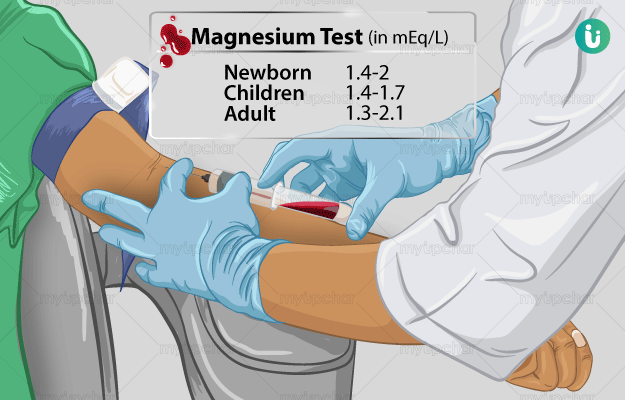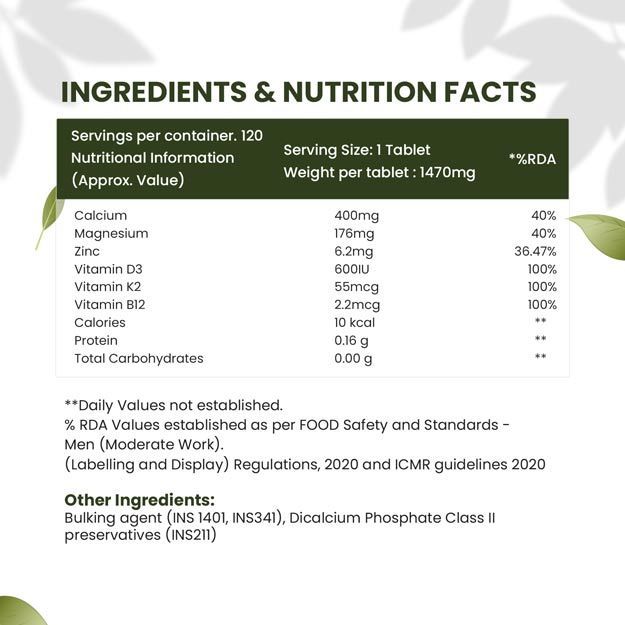What is magnesium test?
Magnesium test, also called Mg test, is done to measure the level of magnesium in blood. Magnesium is an essential mineral found primarily in bones, i.e., about half the magnesium in body is located in bones. It is also found in cells and other parts of the body, and about 1% of the total magnesium in body is found in blood. This mineral is involved in numerous chemical reactions in body and is essential for the following functions:
- Contraction and relaxation of muscles
- Regular heartbeats
- Transmission of signals by nerves
- Control of blood pressure and blood sugar level
- Absorption of calcium and potassium
- Maintainance of protein and energy levels
Most of our daily requirement of magnesium can be obtained from dietary sources such as whole grains, lentils, chickpeas, beans, green vegetables and some shellfish.























